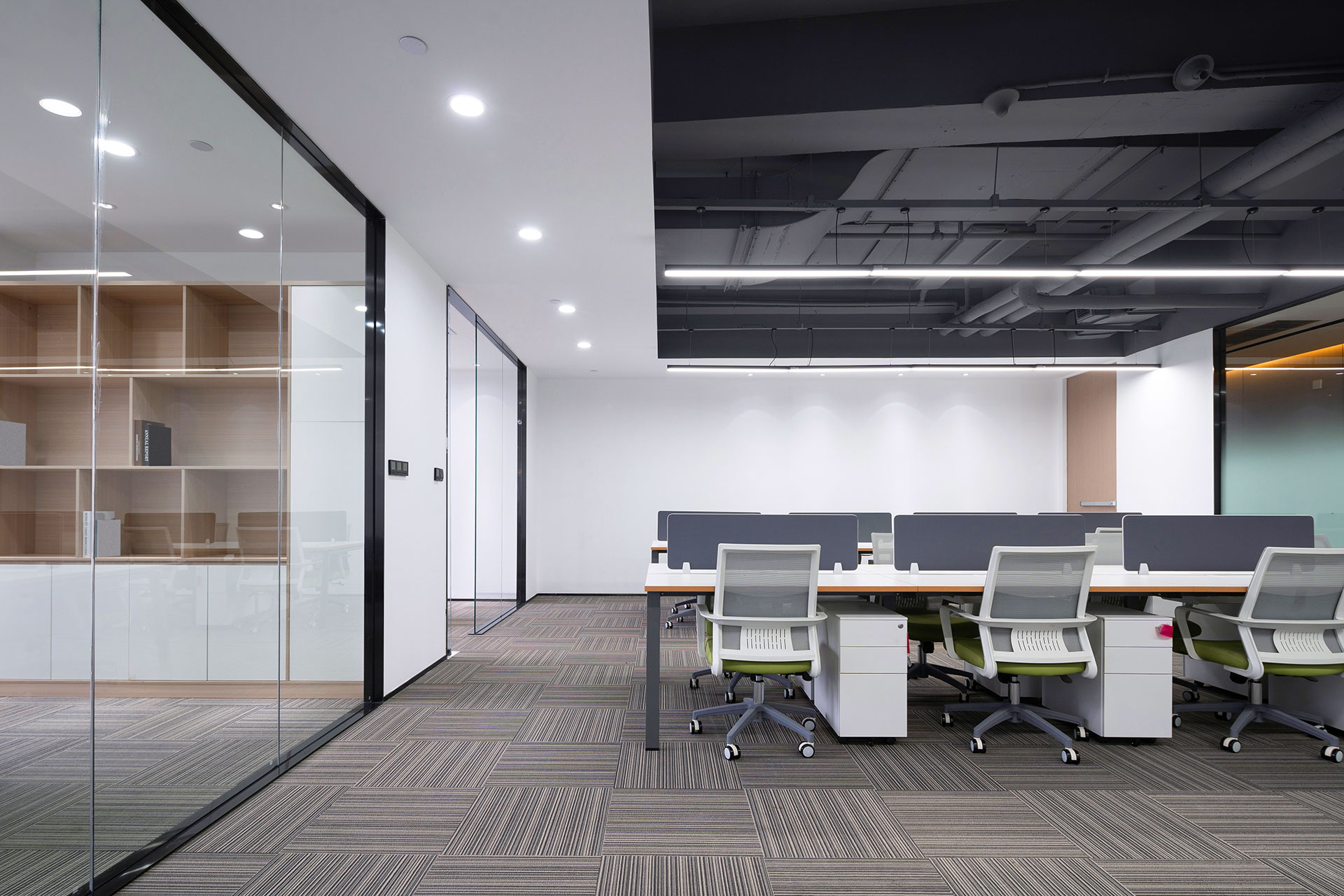
What’s the Real Cost of Moving, And What Happens If You Don’t?
When people think about moving, they often imagine the cost of boxes, movers, maybe a new lease or mortgage. But the real cost of moving stretches far beyond the price tag. It’s financial, yes, but also emotional, physical, and professional. And the choice not to move? That has costs too, some visible, others quietly accumulating in the background.
The price you expect
There are obvious expenses: hiring movers, renting trucks, deposits, and down payments. If you’re moving an office, the numbers multiply: new furniture, technology infrastructure, downtime for the team.
These are the figures that make it onto the spreadsheet.
The price you don’t see
Then there are hidden costs. Productivity dips as people pack or settle in. Commutes may lengthen. Families juggle new schools or neighborhoods. In the workplace, culture shifts, sometimes positively, sometimes not. These aren’t costs you can measure easily, but they add weight to the transition.
The cost of standing still
Choosing not to move has its own price. An office that no longer fits strains collaboration and dampens energy. A home that’s too small creates stress, clutter, and tension. What looks like savings, avoiding the hassle of relocation, often morphs into hidden losses: higher maintenance, declining morale, or missed opportunities for growth.
- Outgrown space leads to inefficiency
- Delayed moves can inflate future costs
- Staying put may limit growth or comfort
- Stress builds quietly in spaces that don’t work
When is moving worth it
The tipping point usually comes when the pain of staying outweighs the cost of leaving. Maybe it’s the rent that keeps climbing, the office that can’t support hybrid work, or the house that feels tighter every year.
Moving becomes not just an expense, but an investment, one that opens new possibilities for efficiency, comfort, and growth.
Balancing the equation
It’s easy to treat moving as a financial equation. But it’s more than that, it’s a quality-of-life equation. How much energy do you spend compensating for a space that doesn’t work? How much potential is lost in an environment that limits you?
The math isn’t just in dollars. It’s in energy, time, and well-being.
Conclusion
The real cost of moving isn’t only measured in contracts or receipts. It’s measured in how well your space supports your life or your work. And the cost of not moving? That shows up slowly, in stress, inefficiency, and missed opportunities.
Sometimes the wisest choice isn’t about saving money, it’s about creating alignment. Because the right space doesn’t just house you. It helps you grow.

